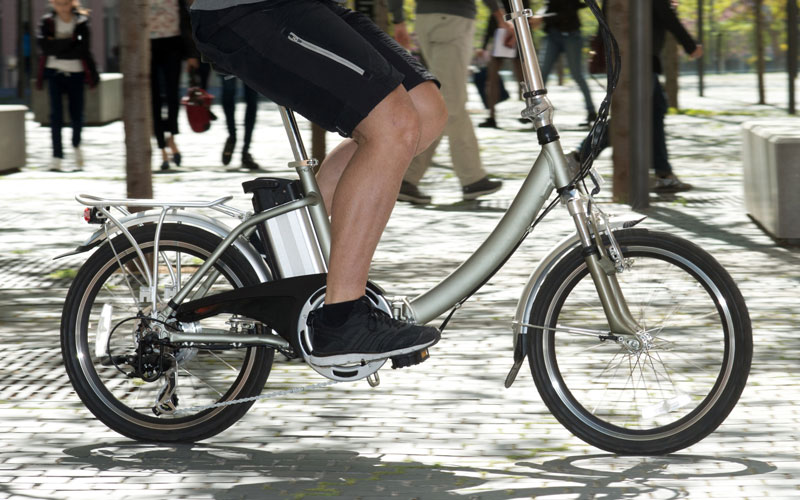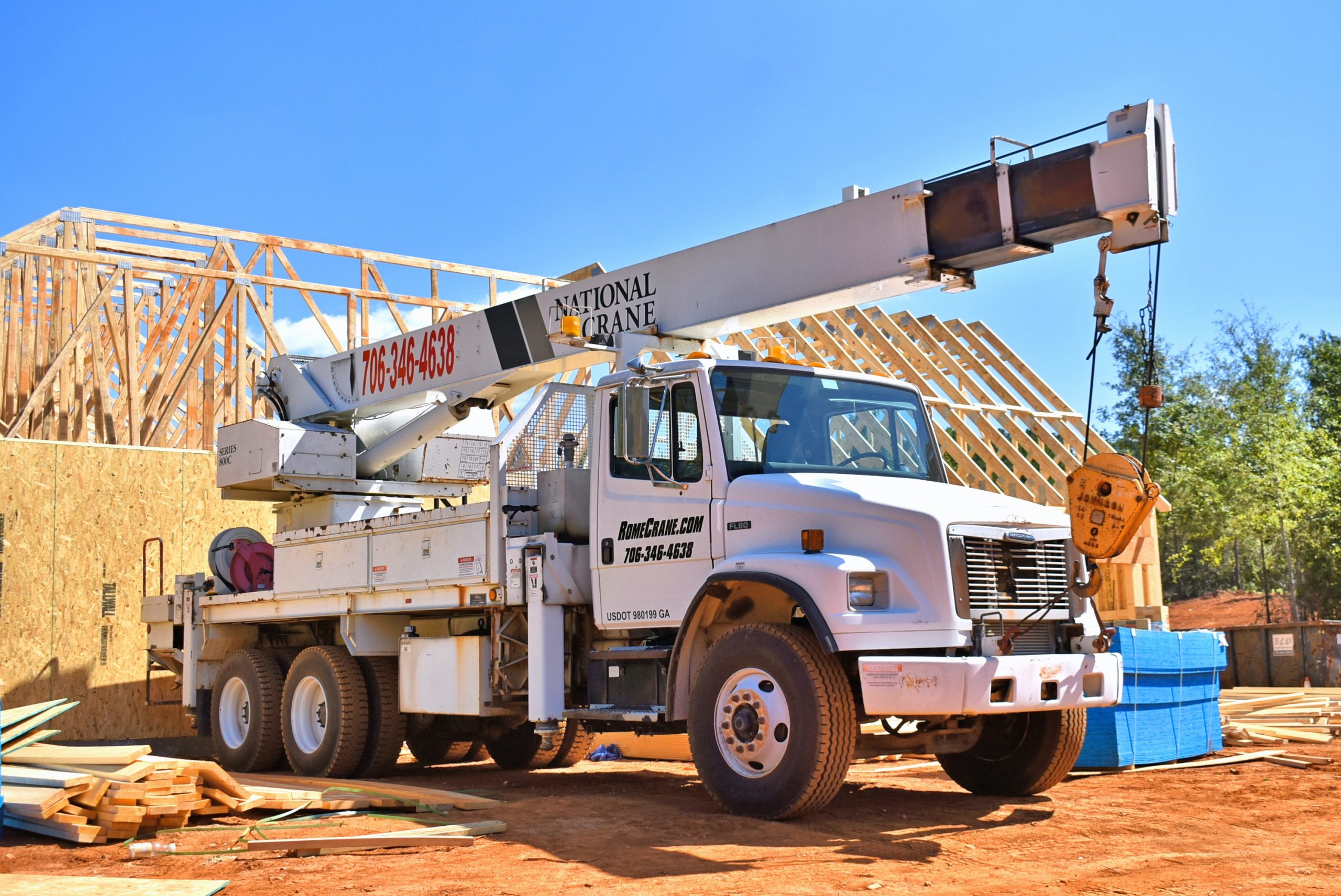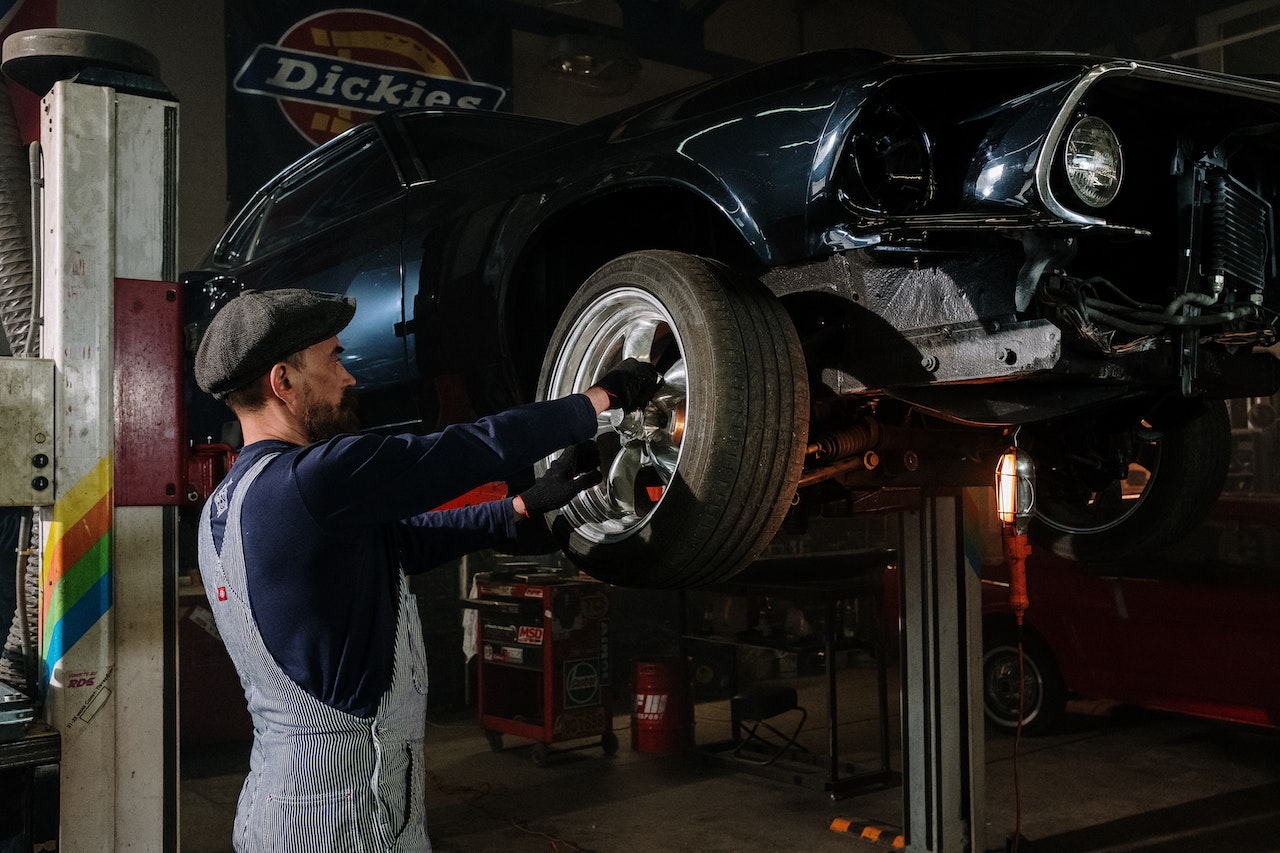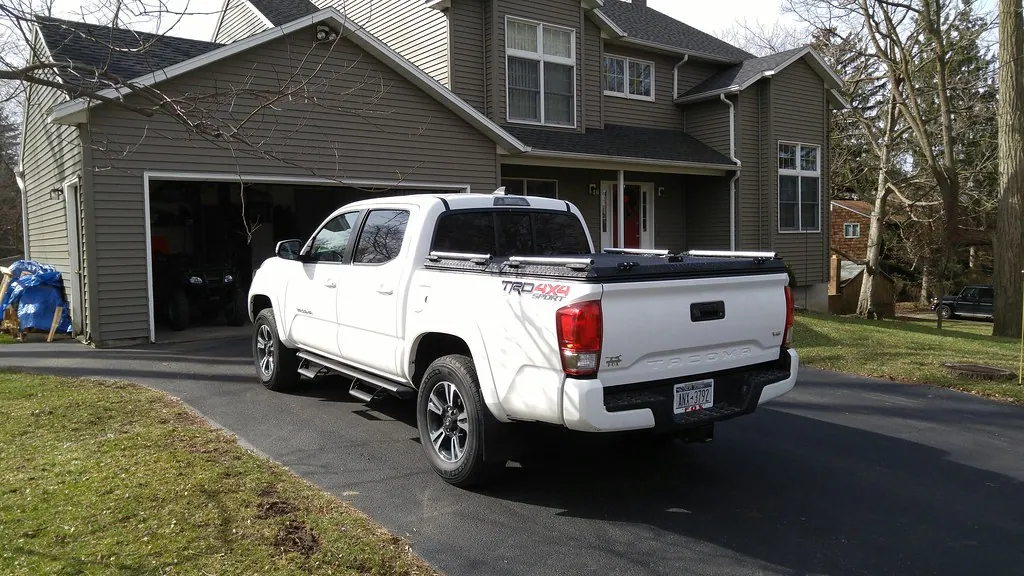Table of Contents
When looking into the change from manual to electric bikes, it can seem overwhelming and quite literally exhausting to spend hours pouring over lists of the best versus worst ones. You may not even have an idea of what you want!
Aside from the cost, safety features, and comfort components, would you believe that the type is the most important aspect of choosing an electric bike? That’s right!
Not to add any pressure to your choice, but knowing the types of electric bikes is vastly critical in making your decision. That’s why we’re here to help.
Our guide here will explain the most common electric bike options so that you can make a well-rounded, informed, confident judgment. Just keep reading!
1. Pedal-Assist
One of the benefits of electric bikes is an easier riding experience. This becomes too good to be true with a pedal-assist e-bike!
Pedal-assisted e-bikes make the overall act of pedaling a much more effortless part of bike riding. It works by taking power from the motor of the bike and providing that power to the pedals. How cool is that?!
With pedal-assist, the wind is at your back and you can conquer any hill, big or small. This is one of the most common types of electric bikes out of there.
2. Power-On-Demand
In contrast to riders of pedal-assisted e-bikes, riders of power-on-demand e-bikes do not have to pedal to move. Instead, you can pedal however much or little you’d like, and the power comes from a throttle or thumb-press.
If it is a twist-grip throttle, you can control the speed, but if it is a thumb-pres (on/off switch), there is no variation in the speed.
To look at e-bikes with power-on-demand capabilities, click here for more info.
3. Front Hub Motor
An electric bike with a front hub motor means the motor is located on the front wheel. With e-bikes, motor location is hugely important because it determines the weight distribution on the frame.
When riding a front hub motor e-bike, you might feel as though you’re being pulled rather than pushed, like you would with a rear hub motor.
This is completely normal since a front hub motor serves as a counterbalance to the weight distributed on the backend of the bike, more where you, the rider, are seated.
4. Rear Hub Motor
In contrast to a front hub motor e-bike, a rear hub motor sits on the backend of the bicycle. It will make you feel like you are being pushed since most of the weight distribution is on the rear wheel.
When buying an electric bike, many people argue that the best place for the motor is the rear, and for many reasons, including:
- Better tire traction from extra weight
- Power is provided behind you, not in front
- The back wheel has more contact with the ground, giving you the advantage when trekking up hills or over rough terrain
- Easily shift gears
When it comes down to it though, motor placement is based on your preference!
Types of Electric Bikes: The More You Know
With our easy-to-read guide here, you will never have to feel clueless again when looking at the different types of electric bikes out there.
Between pedal-assist, power-on-demand, front hub motor, and rear hub motor electric bike options, the only difficulty you’ll face is choosing a favorite to settle on! Get riding!
Did you find this article informative? Find more great content like this on our website!




